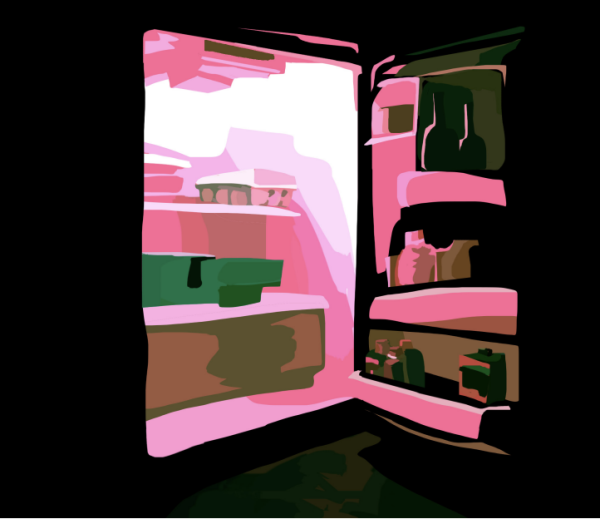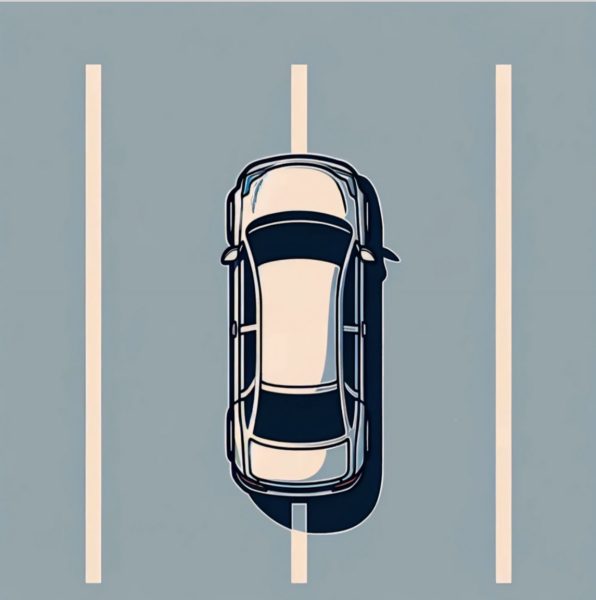Bennett: Remembering minority safety with an increased police presence
November 18, 2016
Over the past few weeks, there has been an array of security incidents on or near Case Western Reserve University’s campus. All students know the routine of receiving security alerts when an incident is reported to the police department. The tensions have worsened between people who live in the surrounding communities and the university with the recent influx of reported security incidents.
Whenever a security alert is forwarded to the university, there is often a description of the suspects involved. Usually, they all say the same thing: the race, height and a wide estimate for age of the suspect, leaving little to identify the assailants specifically outside of their clothing, which usually lacks adequate description. These can hardly lead to any clarity upon arresting someone.
What is being overlooked is the amount of danger that this creates for Black and Brown students on our campus. Once these alerts go out, it seems that every police department in the area is patrolling and looking for this vaguely identified suspect. If a student were to just be walking in the area and fit this general description, they could be unjustly arrested. In light of the recent public events between police and minority civilians in this country, it is very irresponsible to put people of color in danger by releasing such a vague description.
A first step to providing a safer environment for minorities would be description reform. Do not publish descriptions of a suspect if the information available is not enough to identify a suspect. Many of the issues that arise between law enforcement and minority civilians in this country come from inaccurate reporting of information and a lack of evidence to arrest citizens. If CWRU is truly in the business of protecting all of their students, minority voices’ concerns and safety need to be addressed as well.
Additionally, CWRU as a member of the University Circle community should be aware of the current state of the community surrounding the campus. With the unemployment rate over 15 percent and average household income only $20,600 in our nextdoor community of East Cleveland, we need to look at deeper causes for these events. This is not to say that theft and violence are justified by any means in these circumstances, but if this is a recurrent issue then—as a campus of highly regarded intellectuals—the source of these issues needs to be identified, addressed and acted upon.
Another solution would be to improve community relations between the surrounding area and CWRU. Again, we need to look at the cause for why someone feels the need to mug someone. Is it because there are no employment opportunities available? Is it because there are no opportunities for the youth to make a positive impact in their own community? Instead of blocking the outside community out and living in a bubble, CWRU and the University Circle community need to incorporate the surrounding community in the revitalization of this area.
The campus leadership from the Undergraduate Student Government (USG) including Vice President of Student Life Ivy Petsinger and President Brian Ward, should be applauded for their efforts to improve campus safety. Petsinger conducted a campus lighting tour with members of USG and the CWRU police department to identify broken lights on campus. She has also been in countless meetings with campus police to identify ways to improve safety for all students. Petsinger has taken the necessary steps to work with all sides of the campus community to make sure that descriptions are not published if they are not accurate and on ways to engage the surrounding community.
Moving forward, I hope that relations between CWRU and the community improve. All students, regardless of their color, should feel safe on this campus and in the community that surrounds it. The goal should not be to increase arrests, but to gain justice by arresting the right people and preventing innocent people from being wrongly apprehended. At the same time, the revitalization of University Circle needs to find ways to not simply gentrify the area, but also to incorporate the community and honor its history.

















